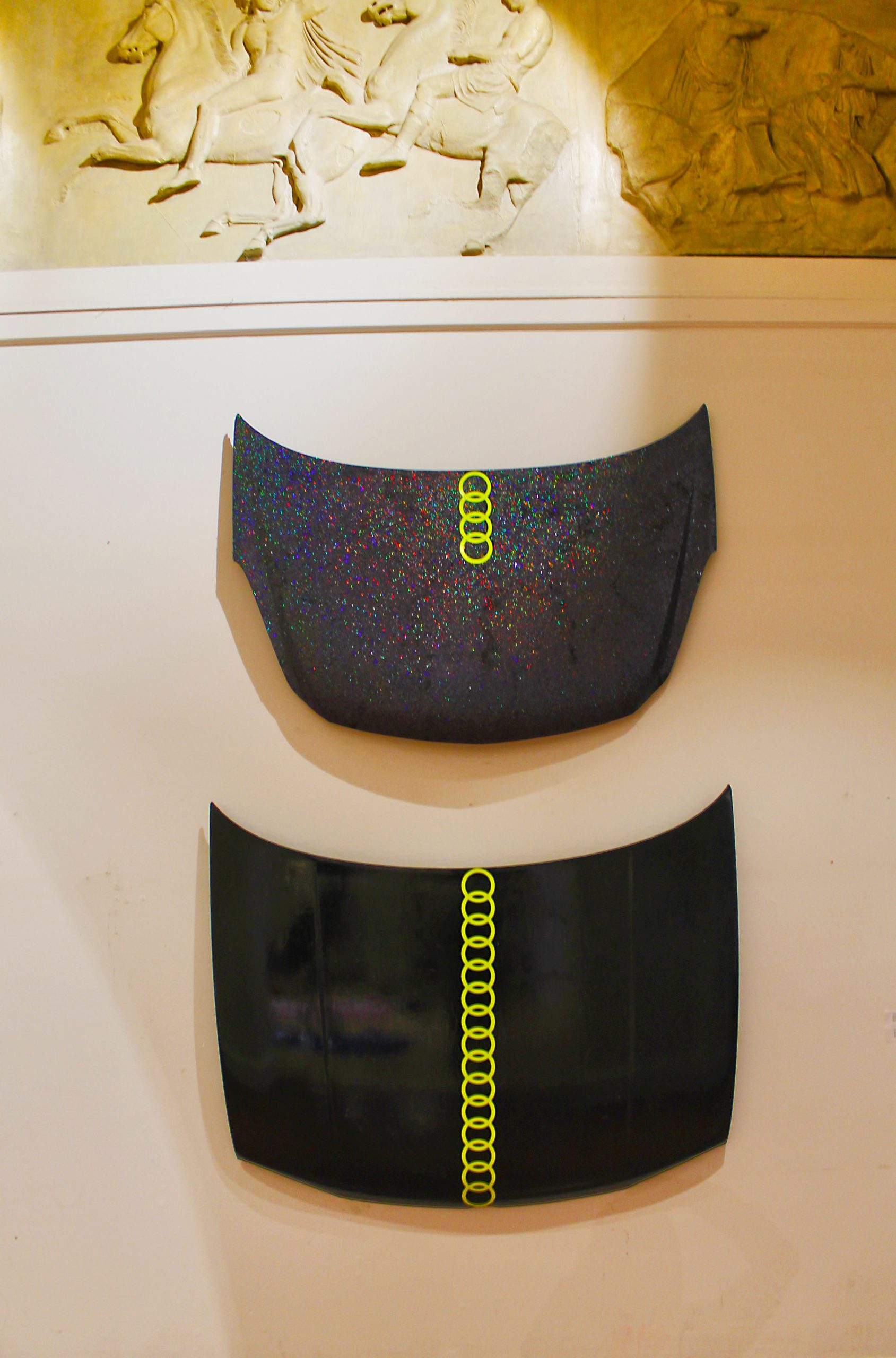Award 2021
Welcome to the Social Art Award 2021 – Online Gallery!
We are grateful for the many inspiring contributions from artists around the world. The selected works reflect a broad spectrum of contemporary social art practices and explore new relationships between humans, nature, and technology. They address themes such as ecological regeneration, climate justice, sustainable futures, social resilience, and more-than-human perspectives.
Below you will find the submissions from the Social Art Award 2021 – New Greening edition that passed the initial jury round. The Online Gallery offers public visibility to these works and encourages dialogue around their ideas and approaches; it does not replace the final jury decision.
Thank you to all artists for sharing your visionary and committed work. We invite you to explore the gallery and engage with the perspectives shaping New Greening.
Cardi-B
Katelyn Grant
This artwork mainly responds to the ways that scheduled obsolescence is a valid part of modern-day ecological processes; the breaking-down of common objects in everyday life. I spent a long time investigating attachments and connections to personal items whose materiality is expected to degrade and become useless (or de-commissioned). This idea can be found in many current TV programmes such as Rhythm & Flow (2019) and many docu-series focusing on car culture, i.e. the types of people involved, status and emotional investment of personal objects: in my exploratory case, cars. Artists such as Roger Hiorns have given me the confidence to understand that “dominant objects” such as cars are beautiful also in death. I have been actively engaged with themes around entropy; the escalation of chaos in naturally building dis-order; how nature always prevails over clean inferences by the human aesthetic. Due to these endeavours, I highlight the commonly forgotten and present ceremonious ‘stages’ for the objects to have a new lease of life, in this case, the car. To balance this, I have been exploring how to interact with their didactic purpose; how to deal with and represent the ecological consequence of cars. The inclusion of Audi was one of the first paths I took when my work naturally gravitated to the mechanical world. I was interested in the company as a whole; their ethos, consistency and manifesto reflecting ecological needs. After a visit to Berlin (where the history of the Auto-Union is still rife within Germany), I was able to form a coherent historical storyline that used to begin abstracting into my work (i.e. how the bold symbol of car logos often have meanings). I made this artwork my own brand. They represent a rise from the old, a new direction and growth beyond function. My investigations have included the experimentation of materials; casting in plaster and painting on isolated vehicle metal with paints that create the highest, gloss shine, also adding to the more tawdry effect of glitter on metal surfaces; it adds satirical value onto the critique of graffitied high-powered (and well designed) machines. This creates the works exhibitionist value, no longer a functioning part, but a chrysalis in a museum-grade resting state.
This artwork mainly responds to the ways that scheduled obsolescence is a valid part of modern-day ecological processes; the breaking-down of common objects in everyday life. I spent a long time investigating attachments and connections to personal items whose materiality is expected to degrade and become useless (or de-commissioned). This idea can be found in many current TV programmes such as Rhythm & Flow (2019) and many docu-series focusing on car culture, i.e. the types of people involved, status and emotional investment of personal objects: in my exploratory case, cars. Artists such as Roger Hiorns have given me the confidence to understand that “dominant objects” such as cars are beautiful also in death. I have been actively engaged with themes around entropy; the escalation of chaos in naturally building dis-order; how nature always prevails over clean inferences by the human aesthetic. Due to these endeavours, I highlight the commonly forgotten and present ceremonious ‘stages’ for the objects to have a new lease of life, in this case, the car. To balance this, I have been exploring how to interact with their didactic purpose; how to deal with and represent the ecological consequence of cars. The inclusion of Audi was one of the first paths I took when my work naturally gravitated to the mechanical world. I was interested in the company as a whole; their ethos, consistency and manifesto reflecting ecological needs. After a visit to Berlin (where the history of the Auto-Union is still rife within Germany), I was able to form a coherent historical storyline that used to begin abstracting into my work (i.e. how the bold symbol of car logos often have meanings). I made this artwork my own brand. They represent a rise from the old, a new direction and growth beyond function. My investigations have included the experimentation of materials; casting in plaster and painting on isolated vehicle metal with paints that create the highest, gloss shine, also adding to the more tawdry effect of glitter on metal surfaces; it adds satirical value onto the critique of graffitied high-powered (and well designed) machines. This creates the works exhibitionist value, no longer a functioning part, but a chrysalis in a museum-grade resting state.



